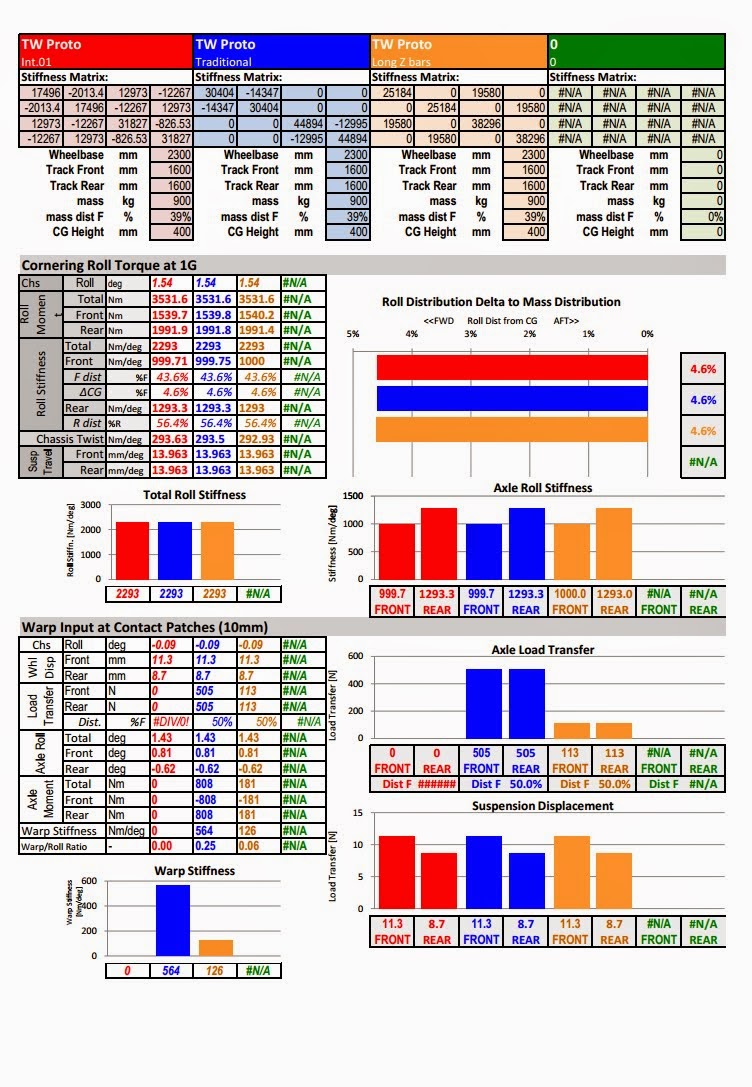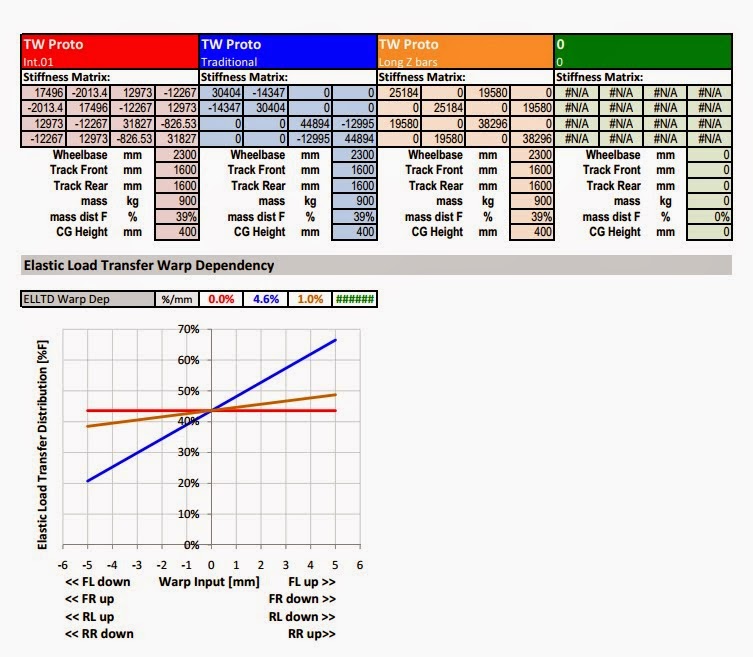No Z, I obviously do not understand and with me all those engineers that worked in the 90s on the conceptual evaluation. Now try reading carefully these few words: "it did not work" and ask yourself which part of that phrase is not clear to you.
Cheers,
dynatune, www.dynatune-xl.com

|
|



 Reply With Quote
Reply With Quote




 ).
).